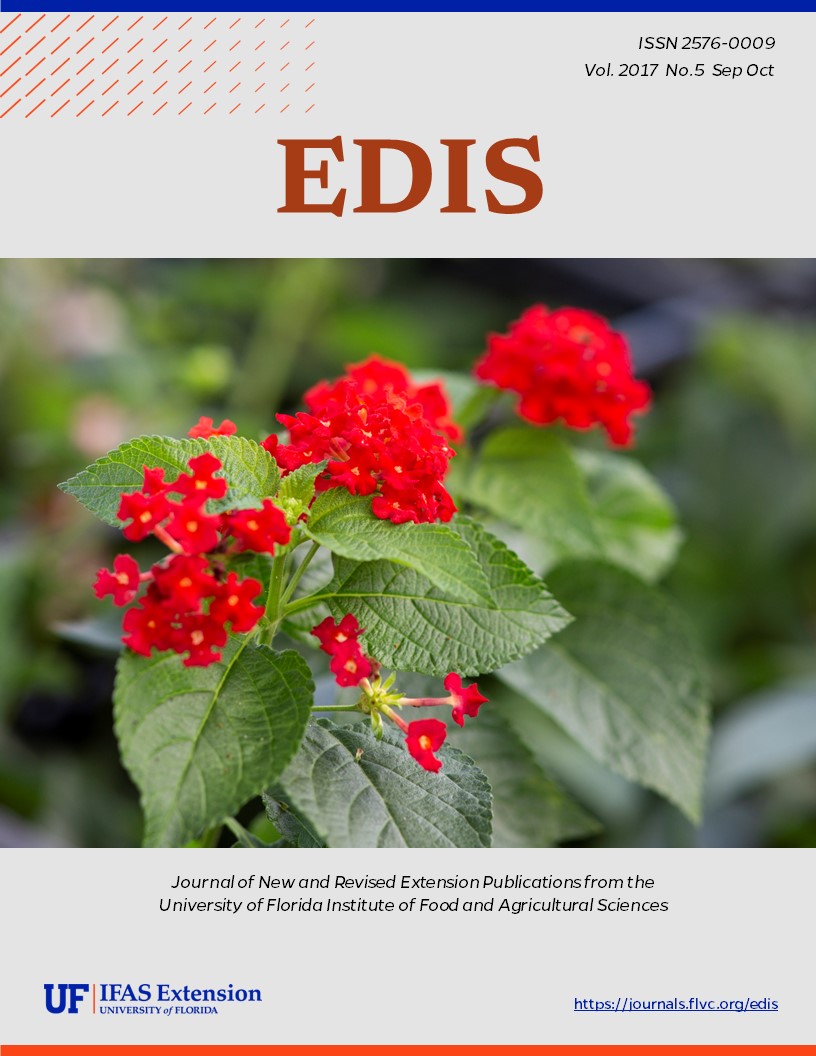Abstract
When preparing for replanting, an important factor to consider is the choice of rootstock. Choosing the right rootstock and scion combination can result in higher economic returns without any additional cost. Rootstocks affect scion vigor, yield, fruit size, juice quality, and pest tolerance. However, tree growth, yield, and fruit quality interact strongly with climate, soil type, tree spacing, and other factors, often producing contradictory reports on rootstock performance in different areas. This 3-page fact sheet discusses soil characteristics, rootstock effects on pests and diseases, tree spacing and size, and rootstock/scion combination. Written by Ute Albrecht, Fernando Alferez, and Mongi Zekri, and published by the UF/IFAS Department of Horticultural Sciences, September 2017.
Unless otherwise specified, articles published in the EDIS journal after January 1, 2024 are licensed under a Creative Commons Attribution-NonCommercial-NoDerivs 4.0 International (CC BY-NC-ND 4.0) license.

